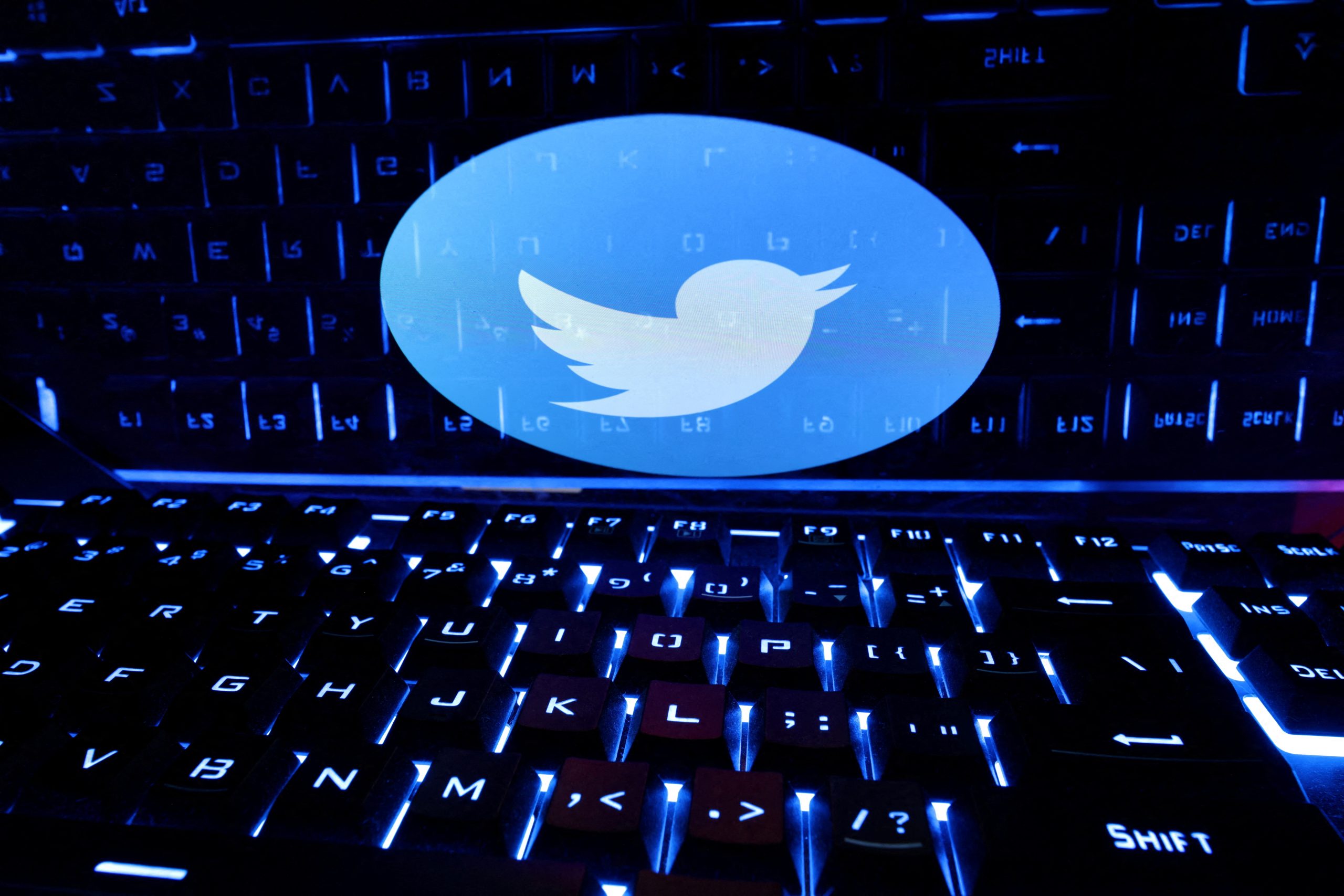
Willie R. Tubbs, FISM News
[elfsight_social_share_buttons id=”1″]
Early 2021 provided one of the stranger episodes in the history of Twitter moderation efforts in the United States as, at the urging of a think tank, the social media giant was requested to remove about 40,000 users who were incorrectly linked to Indian nationalists.
In the 17th installment of the “Twitter Files,” journalist Matt Taibbi revealed evidence that the Atlantic Council’s Digital Forensic Research Lab (DFRLab) falsely linked numerous ordinary Americans to being “paid employees or possibly volunteers” for the Bharatiya Janata Party (BJP).
The problem, of course, was that the banned users were mostly Americans with no ties to even the nation of India, much less a Hindu nationalist party.
Twitter, in a show of gumption, did not ultimately ban the users, but the ordeal left many with complaints about the agency behind the DFRLab.
“This is un-American,” Taibbi quoted Marysel Urbanik, a Cuban immigrant who somehow found his way onto the Hindu nationalism list, as saying. “They do this in places that don’t believe in free speech.”
After months of revelations of federal involvement in social media censorship, it will likely come as no surprise that DFRLab is funded by the U.S. government.
Specifically, the Global Engagement Center (GEC) — an interagency department with links to the State Department, FBI, Homeland Security, CIA, NSA, and more — provides funds for DFRLab to track social media activity of, the agency says, people outside of the United States.
9. The Global Engagement Center is usually listed as a State Department entity.
It's not.
Created in Obama’s last year, GEC is an interagency group “within” State, whose initial partners included FBI, DHS, NSA, CIA, DARPA, Special Operations Command (SOCOM), and others. pic.twitter.com/rdezEFYRwI— Matt Taibbi (@mtaibbi) March 2, 2023
Taibbi provides a more extensive history of the GEC in his report, but suffice it to say that this is one of the federal government’s efforts to stave off disinformation that has proven equally capable of mislabeling protected domestic free speech as the product of foreign influence.
In one instance, GEC tabbed numerous Americans as Chinese agents, including employees of a prominent American media company.
“GEC’s ‘Chinese’ list included multiple Western government accounts and at least three CNN employees based abroad,” Taibbi tweeted.
The agency also circulated theories about users who it believed were connected to Russia, but this did not seem to truly convince Twitter.
“Twitter staffers had professionalism,” Taibbi reports. “They tended to look at least once before declaring a thing foreign disinformation. This made them a tough crowd for GEC. Fortunately, there’s an easier mark: the news media.
“GEC’s game: create an alarmist report, send it to the slower animals in journalism’s herd, and wait as reporters bang on Twitter’s door, demanding to know why this or that ‘ecosystem’ isn’t obliterated.”
Taibbi later provided other examples of different government-connected agencies that launched their own pressure campaigns on Twitter using a similar approach.
